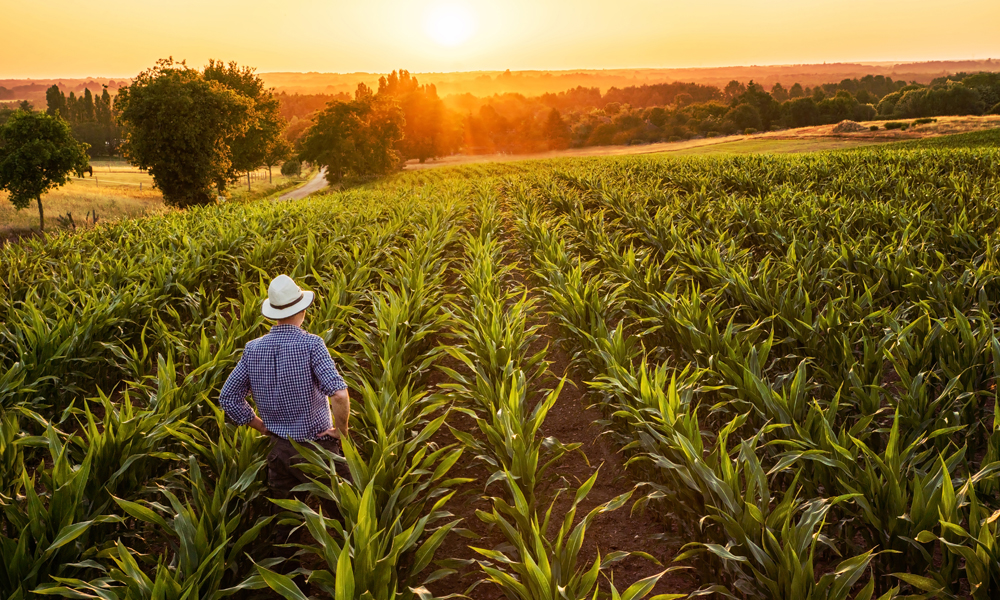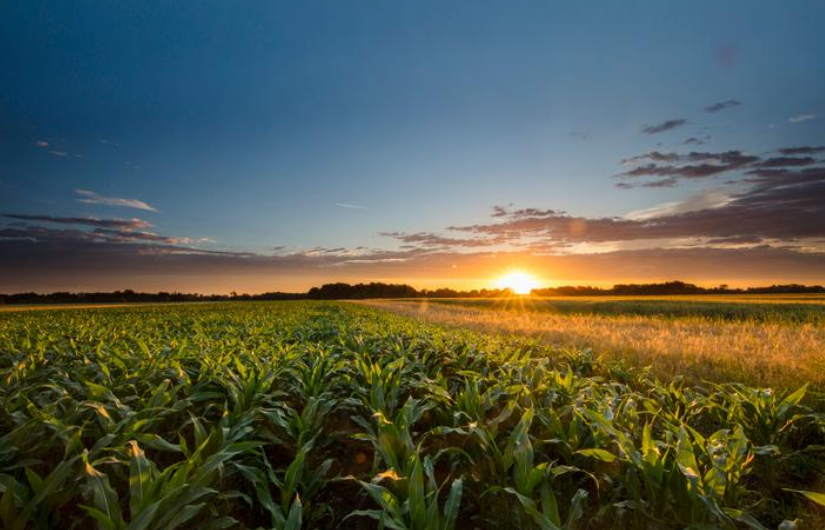When is the right time to adopt precision agriculture? The technology has been available for years, but adoption is far from widespread — particularly in small to medium-sized operations.
Some 28% of farms in Minnesota and 53% in South Dakota are using precision ag hardware to manage crops and livestock.1 Holding back widespread adoption are questions around the ROI — and a desire to see tangible evidence of that. But these hesitations are on the cusp of change.
What's driving adoption in precision ag technology?
It's unlikely farmers can hold off indefinitely on upgrading hardware and software to make their operations more efficient. Markets, conservation and succession planning are three rising factors that will drive a higher rate of adoption — and you won’t want to be left behind.
Rising inputs
The year 2022 saw rocketing input prices of everything from fuel to fertilizer. 75% of U.S. growers expect to be paying 10 to 20% higher inputs in 2023.2 With these pressures on liquidity along with market shifts, hardware and software updates will eventually become a necessity to optimize inputs and yields. The technologies will enable you to leave nothing to waste on the field, applying fertilizer and weed control precisely where it's needed, and in the bins, with monitoring for toxins and pests.
Conservation requirements
Conservation practices and requirements are also influencing how and when farmers plant their crops and manage livestock. This new landscape will require machine-guided solutions to optimize field planting to maintain profitable production levels.
Succession planning
Adopting precision agriculture technologies now rather than later puts the next generation in the best possible position to take over. This will spare your successor the task of sourcing, financing, onboarding and troubleshooting new technologies — on top of everything else. Inheriting outmoded, inefficient farming practices won’t put unnecessary pressure on liquidity. Implement now, and you'll establish a history of data that will benefit the next generation.
Adopting precision ag: Managing the tech and the data
As you're evaluating the best technologies for your operation, you'll want to be strategic about your launch. When adopting precision ag technologies, you’re not only gaining data to help you better manage your resources, but also developing the skills to manage the data and the hardware. If that seems daunting, there are resources and strategies to ensure a smooth launch.
Assign a VP of technology
Who in your operation is best qualified to take charge of precision agriculture? This is a perfect project for a successor. It's great leadership development, as they’ll also be in charge of setting protocols and training everyone on the team. And they'll be vested in the success of the upgrade.
Invest in training
Training is essential to ensure the management, integration, prescriptions and workflows are all aligned with your operation, and then scale them to get the most from your investment. (Not only that, but you still need humans to troubleshoot robots' glitches.)
Join the community
There’s no need to reinvent the wheel. Connect with others who have successfully adopted these technologies and discover what they’ve learned to make it successful. The University of Minnesota’s Precision Ag group offers classes, resources and community connections to provide guidance and best practices.
Tailored financing for your operation
Wondering how precision ag technologies would impact your cash flow? Turn to the ag banking experts at Minnwest Bank. We’ll listen to your goals and come up with workable lending and leasing solutions tailored specifically to your operation. With our connections to agriculture and your community, we’re committed to helping you succeed. Contact an ag banker today.
- Farm Computer Usage and Ownership August 2021 | USDA
- Voice of the U.S. Farmer 2022 | McKinsey & Company


